I Know Your Thesis Was About Something To Do With Algebraic Topology, May I Ask What Exactly It Was About?
I know your thesis was about something to do with algebraic topology, may I ask what exactly it was about?
(and congrats to you getting your bachelors degree and into a masters program)
(thank you!)
my thesis was about an open question regarding a certain skein module of tangles on 2n nodes. the conjecture is that the module is free and in my thesis I constructed a generating set that is free for n=2,3 (direct calculation) but I have yet to prove that for a general n. if you are interested I can send you the paper in which the question was posed, all the details are explained there and would be hard to write down here without tex lol
More Posts from Bsdndprplplld and Others
when a pelican bites you there's no malice in their eyes. they aren't upset at you. they are just hungry and want to see if you fit in their mouths. and if you don't then it's no problem and everything is fine. and if you do then well i guess your fate is sealed but that's ok it's a beautiful animal
Complex Number Grapher
https://jutanium.github.io/ComplexNumberGrapher/
This grapher is really fun to play around with!
A normal function takes in a number, x, and outputs another number, y. But a complex function takes in a complex point on a plane (a+bi) and outputs another complex point. Without 4 dimensions, it would be impossible to graph a complex function :(
The creator of this project instead uses complex domain coloring which they explain much better than I have here so you should 100% go and check it out!
Look at this cool function I got:

f(z)=(sin(z^3))^((cos(z))/2)
Want to learn something new in 2022??
Absolute beginner adult ballet series (fabulous beginning teacher)
40 piano lessons for beginners (some of the best explanations for piano I’ve ever seen)
Excellent basic crochet video series
Basic knitting (probably the best how to knit video out there)
Pre-Free Figure Skate Levels A-D guides and practice activities (each video builds up with exercises to the actual moves!)
How to draw character faces video (very funny, surprisingly instructive?)
Another drawing character faces video
Literally my favorite art pose hack
Tutorial of how to make a whole ass Stardew Valley esque farming game in Gamemaker Studios 2??
Introduction to flying small aircrafts
French/Dutch/Fishtail braiding
Playing the guitar for beginners (well paced and excellent instructor)
Playing the violin for beginners (really good practical tips mixed in)
Color theory in digital art (not of the children’s hospital variety)
Retake classes you hated but now there’s zero stakes:
Calculus 1 (full semester class)
Learn basic statistics (free textbook)
Introduction to college physics (free textbook)
Introduction to accounting (free textbook)
Learn a language:
Ancient Greek
Latin
Spanish
German
Japanese (grammar guide) (for dummies)
French
Russian (pretty good cyrillic guide!)

I hate it when I am blessed with a new tumblr feature without my consent
omg that sounds so cool
one of my friends found radiooooo which is a site that streams music from any country from any decade (well, most countries/decade combos work) and we’ve been digging going on a quest to find what is rad
so far the following is good
50s/60s/70s/80s russia
70s cambodia
20s japan
80s ethiopia
80s india
me when Čech cohomology
i love math. i hate math. i can do it all day, everyday. i cannot solve a single question. it's my favorite subject. I would rather kms than open the book. it's beautiful and everything makes sense and it's the best. it's fucking useless and nothing is logical and it's the worst. it's the loml. it's my arch nemesis.
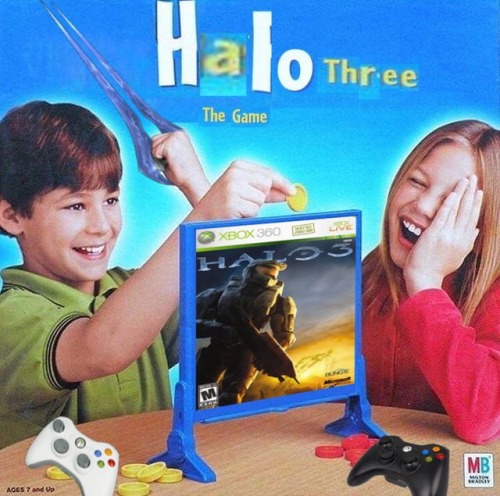


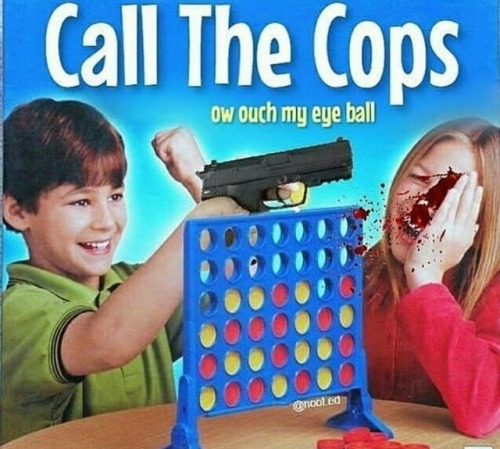
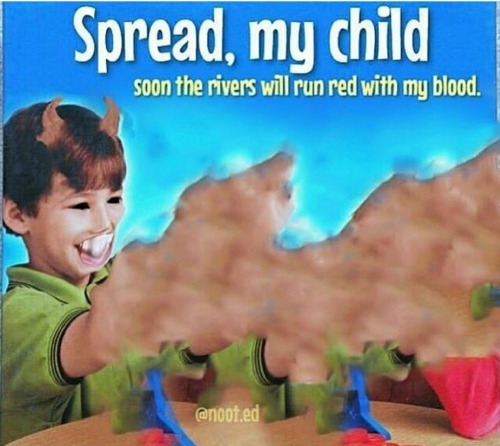
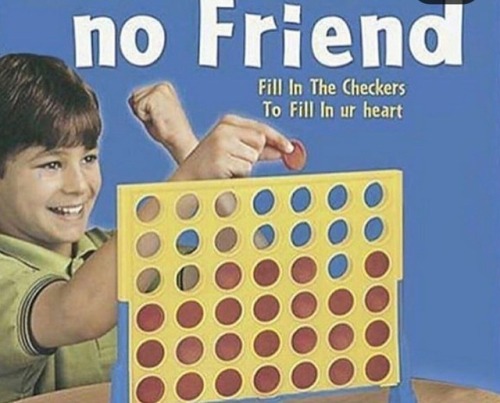



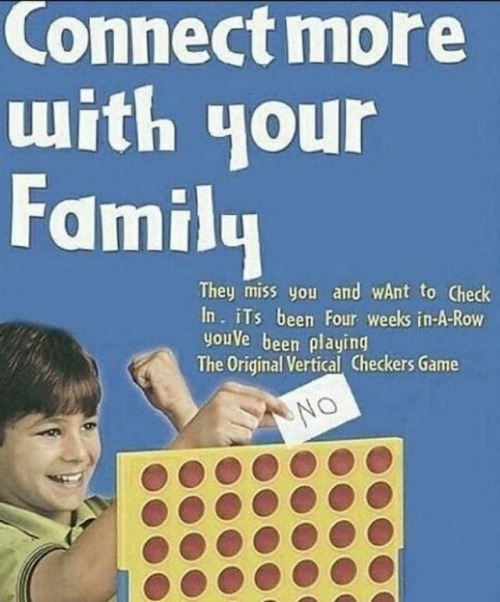
have you ever wished for an interactive phase plot of polynomials in the complex plane?
one that you could use even from your phone?
then good news!




[neocities]
My favourite fucked up math fact™ is the Sharkovskii theorem:
For any continuous function f: [a,b] -> [a,b], if there exists a periodic point of order 3 (i.e. f(f(f(x))) = x for some x in [a,b] and not f(x) = x or f²(x) = x), then there exists a periodic point of ANY order n.¹
Yes you read that right. If you can find a point of order 3 then you can be sure that there is a point of order 4, 5, or even 142857 in your interval. The assumption is so innocent but I cannot understate how ridiculous the result is.²
For a (relatively) self-contained proof, see this document (this downloads a pdf).
(footnotes under read more)
¹ The interval does not have to be closed, but it should be connected. (a,b), (a,b] and [a,b) all work.
² Technically the result is even stronger! The natural numbers admit a certain ordering called the Sharkovskii ordering which starts with the odd primes 3 > 5 > 7 > ... , then doubles of primes, then quadruples of primes and so forth until you get no more primes left, ending the ordering in 2³ > 2² > 2. Sharkovskii's theorem actually says that if you have a periodic point of order k, then you have periodic points of any order less than k in the Sharkovskii ordering. It is frankly ridiculous how somehow prime numbers make their way into this mess.

@dimiclaudeblaigan asked for a tutorial on how to begin drawing. Good news! If you can draw a funky looking stick man, you have already started!
I think that stick people are a great starting point for artists because of the things you can learn from them that will be important later on.
If you are able to draw a circle and a couple of lines, you can easily put together a stick person.

Congratulations! You have started to draw. :)
A stick person is a very minimal artistic representation of a real life person. It is simple yet recognizable, and is widely used in art, media, and signage.

But what can a stick person teach us about drawing people that look more like… well, people? Lets have a look!
By simply adding a few more lines, we can add a pair of eyes and a mouth. Maybe even a little triangle nose! Or half circles for ears. We can now draw a face, which provides a basis for all sorts of expressions.

These simple additions can allow us to explore the wide range of human emotion and individuality.

This may seem like the basics of the basics. But that is what we want! In order to get to the point where we are able to draw complex, elaborate representations of humans and objects, we will need to start with simple shapes like lines and circles and build our understanding from there.
For instance, lets give our stick person some cool new features, such as hands and feet. I chose little squiggly circles to represent hands, and triangles to represent feet.

We can go a step further and modify the body of the stick person to include shoulders, hips, elbows and knees. These parts of the human body are quite complex in real life But here, all we need to do is add a few simple lines and dots to our stick person.

The lines provide some additional structural elements to our stick person's body, which are the shoulders and the hips. The dots indicate the points of articulation - elbows and knees, the places where the arms and legs bend!
Now we can use our stick person to show us an even wider range of human movement, action, and expression.

Our little drawing of a human being is evolving! All it took was adding a few more lines and shapes here and there.
By elongating some of the existing lines and making the head an oval instead of a circle, we can give our stick person proportions that resemble that of a real life human.

By this point, we have managed to add more complexity to our stick person simply by using our ability to draw lines, circles, and other basic shapes!

These basic ideas are the building blocks that will enable us to create more complex shapes.
The next part may be a considerable step up if you are absolutely new to drawing, but I have decided to include it in order to show you how complex objects like the human body can be built from shapes that are a bit more complex than circles and lines.
For example. Two ovals and a rectangle can be combined to create a cylinder.

Six squares can be combined to create a cube, or a box. Here, each square is distorted slightly depending on which way the cube is facing.

Note that the back faces of the cube and the bottom of the cylinder are hidden. These shapes allow us to visualize that which should not normally visible.
A sphere from all perspectives can be represented by a circle. But we can make it more like a sphere by adding lighting and shadow if we so desire.

Cubes, cylinders, and spheres are examples of 'solid shapes' because they consist of 3 dimensions.
Lets see how these solid shapes can be used to compose the human body.
By stacking three cylindrical objects, we can create a torso. Two spheres have been added to form shoulders, while a smaller cylinder forms the neck.

An arm is an alternating sequence of spheres and cylinders connected together. Note that the hand has been simplified for this example.

We can apply these solid shapes to the rest of the body to give us a more recognizable representation of the human form. It doesn't even have to be perfect. And just like that, our stick figure now has a silhouette that is unmistakably a person!

In the above examples, notice that we kept the stick person at the beginning while building up the shapes and solids around it. This is because the stick person serves as a guide for positioning the body and its various parts -> also known as posing.
You can do the same thing to everyday objects! Here, I drew a wine glass by stacking these three dimensional solid shapes.

The cup and its contents are two ovoid shapes that were cut in half. The stem is a very thin cylinder shape. The base is a cylinder with a slightly wider bottom.
Solid shapes help inform us how objects and parts of the human body may appear from different perspectives.

For example, a sphere can be used to demonstrate how the human head appears when looking up or down, turned to the side, or tilted at an angle.

With these examples, I hope I have managed to convinced you that if you can draw a circle and a couple of lines, you can draw a person! You just have to train your eye to recognize the simple shapes within complex objects. Try it with everyday objects as well! Or even your favourite media! A drawing subject can be as simple or as complex as you envision it to be.

Once you have mastered that, there are many aspects of drawing you can explore from here that may require you to seek additional resources or a fellow artist's advice.

Last of all, remember that drawing is an iterative process. Even if you draw something correct the first time, you will need to draw it again and again to get it right all times! And by making small changes like the ones we explored in this tutorial, your drawings will gradually transform!
I hope what I've demonstrated here are enough to provide the basics of how to get started with drawing objects and people, and also to help refresh more experienced artists. :) Hopefully I didn't go too off topic with what was requested, and let me know if there are any more questions I can answer.
Cheers :3
-
 luicosas liked this · 1 year ago
luicosas liked this · 1 year ago -
 takinbreak liked this · 1 year ago
takinbreak liked this · 1 year ago -
 notarealwelder liked this · 1 year ago
notarealwelder liked this · 1 year ago -
 cforcalculus liked this · 1 year ago
cforcalculus liked this · 1 year ago -
 thegrayearloftea liked this · 1 year ago
thegrayearloftea liked this · 1 year ago -
 bsdndprplplld reblogged this · 1 year ago
bsdndprplplld reblogged this · 1 year ago

⁕ pure math undergrad ⁕ in love with anything algebraic ⁕
292 posts